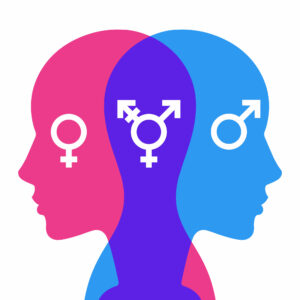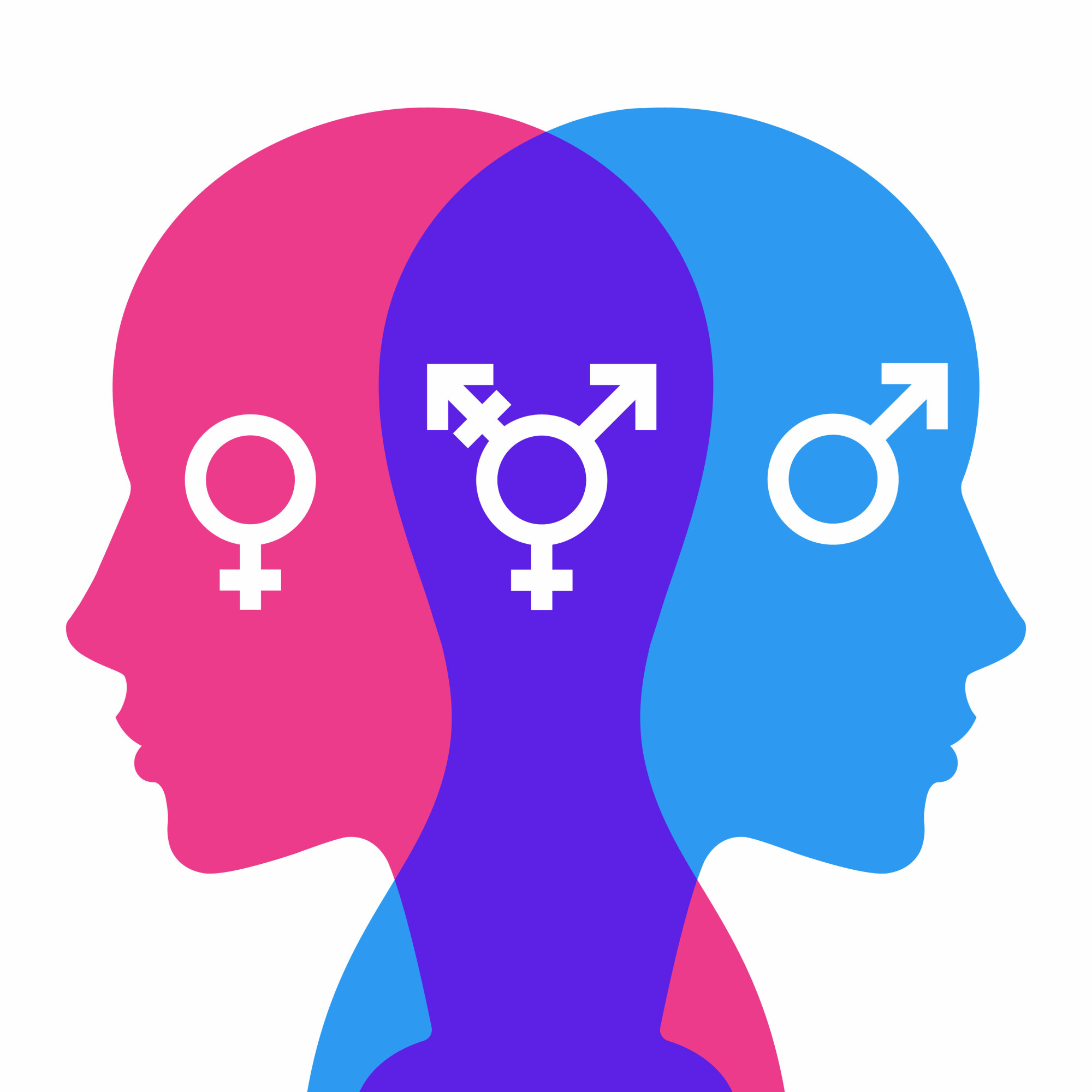The transgender community has grown exponentially in recent years, with more and more people coming out and embracing their true identities. But what does it mean to be transgender? In this blog post, we will explore the concept of transgender identity, the difference between FTM and MTF, and how to manage gender dysphoria. By the end of this post, you should have a better understanding of the transgender community and what it means to be transgender.
Understanding Transgender Identity
There is a lot of confusion surrounding the term transgender. Many people don’t understand what it means or how it relates to gender identity. In this blog, we will explore the definition of transgender and how it relates to gender identity. We’ll also examine the complex intersectionality of being a transgender woman and explore the cultural and social implications of identifying as transgender. We’ll also discuss the struggles, discrimination, and oppression that transgender women face. Finally, we’ll look at the role of society in understanding and accepting transgender identities.
We need to be honest with ourselves – society isn’t always accepting of transgender people. This can lead to significant challenges for transgender individuals, including mental health challenges, limited access to education or employment opportunities, and discrimination in both personal and professional settings. It’s important that we understand these challenges in order to create a more inclusive society that respects and honors transgender rights.
Below are some successful advocates and role models who can help us move closer towards achieving this goal.

Overcoming Obstacles Faced By Transgender People
Transgender people face a number of challenges that non-transgender people do not. This includes discrimination, lack of acceptance, and difficulty accessing necessary medical treatment and mental health resources. In order to help transgender people overcome these obstacles, it is important to understand the language and terminology around being transgender. Additionally, it is important to understand the discrimination faced by the trans community. Ways to promote acceptance and inclusion can then be put into practice. Supporting a friend or family member who is trans can be difficult, but it is crucial in helping them through their transition. Finally, there are legal issues that affect transgender individuals which we will discuss below as well as some medical treatments that are available for those in transition.
In order to help combat transphobia in everyday life, it is essential to be an ally to transgender people. This means understanding their struggles and providing support where possible. It can also mean standing up against discriminatory behavior when you see it happening. By doing these things, we can help create a more inclusive world for all transgender people.
The Difference Between FTM And MTF
There’s a lot of confusion surrounding the term gender identity. For some, it refers to someone’s sex at birth – which is typically male or female. For others, it may refer to their internal sense of self – which may or may not correspond with the sex assigned at birth. And for transgender individuals, gender identity refers to the gender with which they identify. This can be different from the sex assigned at birth, and transgender people often experience significant discrimination and isolation because of this.
In this section, we’ll explore the differences between FTM (female to male) and MTF (male to female) transitions, as well as discuss some of the important aspects of transgender life. We’ll also provide tips for supporting transgender individuals in their journey and discussing their health care needs. Finally, we’ll highlight some legal protections currently in place for transgender people. By understanding these differences and distinctions, you’ll be able to better support your trans friends and family members!
Managing Gender Dysphoria
Gender dysphoria is a mental health condition in which someone experiences distress because their gender identity does not match the sex they were assigned at birth. This condition can be incredibly challenging, and many people suffer from it in one way or another. In this section, we will explore some of the struggles that people with gender dysphoria experience and offer resources to help them manage their condition.
Gender dysphoria is a relatively recent phenomenon, and over the years it has undergone many changes in how it is expressed. For example, in ancient Greece and Rome, transgender individuals were considered to be possessed by a demon and were oftentimes killed. However, today transgender individuals are more likely to be accepted and have access to healthcare than ever before.
There are many resources available to those suffering from gender dysphoria – from bookshelves full of self-help books to online support groups. No matter what route someone chooses for managing their condition, it’s important to find what works best for them. It’s also important to keep in mind that there are different ways of expressing gender – so don’t feel like you need to fit into one specific mold if you don’t feel comfortable doing so.
Individuals who are struggling with gender dysphoria often have difficulty understanding their own feelings or how they relate to society as a whole. This can lead to various difficulties such as isolation or low self-esteem. It can also be difficult for family members and friends who want to support the individual but don’t know how or where to start. There are several steps that those who care about an individual with Gender Dysphoria can take in order help make life easier for them: listen attentively, be accepting of how things are going at any given moment, offer support where possible, and most importantly – let them know that they aren’t alone!
To conclude, it is important to understand the complexities of being transgender in order to create a more inclusive world for all members of the community. Being transgender brings a unique set of challenges and obstacles that require understanding, acceptance, and support from those around them. It is also important to be aware of the legal protections that are in place for transgender people and the different medical treatments available to manage gender dysphoria. Finally, by standing up against discrimination and supporting your friends or family members who are trans, we can make an impact in creating an environment that celebrates diversity and inclusion.
